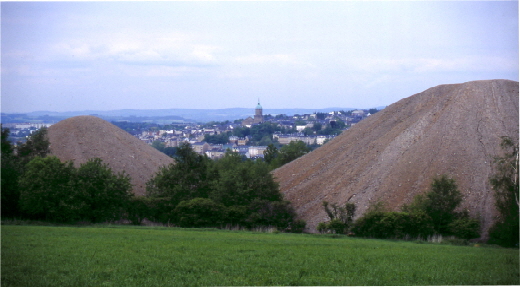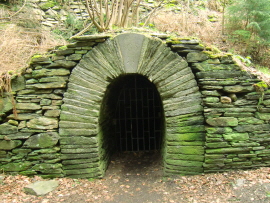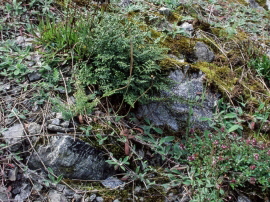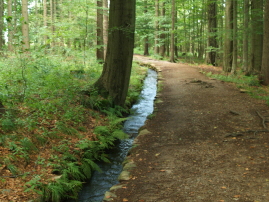For at least 800 years, humans have been changing the nature park’s landscape. In addition to agriculture and forestry, mining has also played an important role in this. For several centuries, ores such as silver, tin, arsenic, lead, iron, cobalt, nickel, uranium and zinc were extracted, smelted and – in many cases – processed further. On top of this, the inhabitants mined non-metallic raw materials such as chalk, kaolin and various types of stone to use as construction materials.

As the saying goes, no stone has been left unturned in the nature park since then. In many places, the adits, heaps, quarries, dams, ditches and sinkholes left behind by mining activity still shape the appearance of the landscape today. The countless witnesses to mining activity, both above and below ground, are now largely unused – but they have gained a new importance. Today, they provide valuable habitats for many plants and animals.


